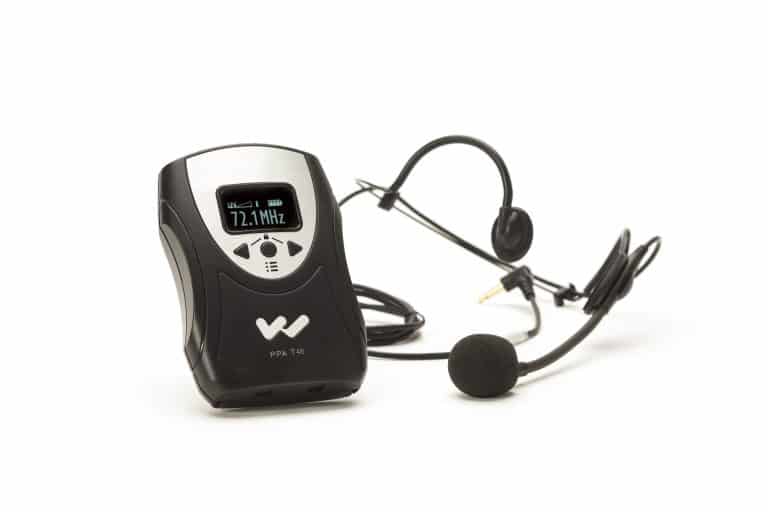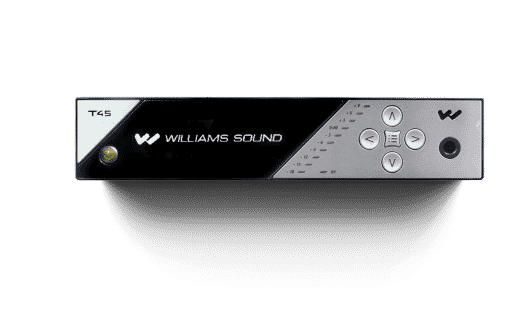Simultaneous interpretation equipment in Northwest Territories


Translation and Interpretation Systems and equipment in Northwest Territories

This article is a general description of the simultaneous translation system for end users in the Northwest Territories.
What is simultaneous interpretation?
Simultaneous interpreting is one of the most ambiguous uses of language. Interpreting professionals use specialized wireless simultaneous interpreting equipment to perform their work in a sound-dampened booth called a simultaneous interpreting booth.
A brief history of simultaneous interpretation equipment
The development of simultaneous interpretation equipment began in 1920 with Edward Filene and Alan Gordon Finlay. The system was called the Filene-Finlay Concurrent Translator and was used to read the translated text well in advance of the event. At that time, no one thought it was possible to have live interpretation.
The Nuremberg trials after World War II concluded that simultaneous interpreting was very close to what it is today. The development of this device contributed significantly to the United Nations (with early resistance), which introduced simultaneous interpretation after World War II.
Simultaneous Interpreting Equipment Today
Today, most conferences or large meetings are interpreted simultaneously and there are countless manufacturers and suppliers of simultaneous interpretation equipment. Note that in some markets such as the Northwest Territories, the quality of production and manufacturing of simultaneous interpretation kits is very different. The low-cost Emptor solution is presented as unreliable. Great care must be taken in selecting a supplier of simultaneous interpretation equipment. It is recommended to buy this type of equipment from specialized companies of this equipment, not with audiovisual companies and videographers, but especially.
There are professional translation and conference interpretation companies that sell their services to this field and rent their own equipment.

What configurations of simultaneous interpretation equipment are there?
The simultaneous interpreting precept can include three configurations including:
Permanent installation
This type of simultaneous interpretation is permanently integrated into conference facilities, including the United Nations, the European Parliament or other large international conference centers. The booth is actually a small room with a door where the interpreters can work. It is a practical setup, but not too portable for obvious reasons.
Portable/mobile setup
Most hotels and meeting rooms in the Northwest Territories do not have fixed setups. Instead, portable interpreter kits or a portable (mobile) booth had to be brought in and set up before each meeting. The portable configuration of simultaneous interpreters still requires equipment for two interpreters per language per booth. However, large meetings require a minimum of three interpreters for each booth and language. Mobile interpreting booths function in the same way as fixed booths, especially with regard to lighting and ventilation, only the equipment is removable and highly mobile.
Whispering equipment
Whispering equipment includes portable interpreter kits consisting of a portable wireless transmitter and a wireless receiver. This equipment is very useful, especially for a tour guide to translate to tourists, or for a very hectic conference. On the other hand, the receiver of this interpreting equipment system is not very useful for routine conferences or meetings.

What equipment is inside the simultaneous interpretation booth?
Simultaneous interpreting console
The interpreter’s console is equipped with an electronic gizmo with audio connections for headphones and microphone. Since there are several interpreters in the booth, each interpreter must have his or her own interpreting console including headphones and microphone. This equipment works with switches, allowing to
- Adjust the volume of the headset: low or high voice;
- Deactivate the microphone at the appropriate time (mute, muffle).
The interpreter’s headset
The sound engineer should provide headphones for each participant. Many conference interpreters already have their own headsets. Some of these models are specially designed for better audio reproduction and more simultaneity during interpretation and translation.
Interpreter microphone
There are three interpreter microphone options:
A built-in microphone that attaches to a headset and has a flexible arm. This is the best option from a practical point of view. Second, the microphone that is integrated into the interpreting desk. Finally, the stand-alone tabletop microphone. This is the least convenient of all options, as it is not very mobile.
Other booth equipment:
Simultaneous interpretation booths or stands require good lighting, ventilation systems, seating, and often additional equipment and other gear such as internet connections, and of course electricity.
Some important points:
- Make sure you have your headphones and earphones with you before the meeting so you don’t have to search for headphones and earphones during the presentation.
- For large meetings, the organizer may ask for identification in exchange for a receiver. Plan to carry your ID with you at all times, as it will be kept during the meeting in exchange for the receiver.
- Do not use the maximum volume when turning on the headset. Although interpreters work professionally, accidents can happen.
- It is not recommended to drum or tap on the conference microphone as this can cause discomfort and affect the hearing of conference interpreters and translators.
- How well do you know your language channel? Often each channel is numbered and the display should be placed in the interpreting booth or announced in advance.
- If properly charged, the receiver will operate normally throughout the day. Otherwise, the sound quality will be poor if the battery runs out during the meeting. In this case, inform the sound engineer to change the receiver.
- To avoid feedback and microphone feedback that may occur in your headset, do not place the headset near the conference microphone.

